Overview
Nestled on the boundary of Seoni and Chhindwara Districts of Madhya Pradesh, close to the northern periphery of Maharashtra, “Pench National Park” is counted amongst the most popular national parks of Central India. The beautiful wildlife destination spreads across a sprawling area of 758 sq. km., and has been named after the majestic Pench River that flows right across its heart and divides the whole expanse into two equal halves, both of which abound in luxurious vegetation and a surreal wildlife existence.
The region in and around the Pench National Park boasts a fascinating history. Its exotic scenic beauty and rare and indigenous flora & fauna has often been captured in several wildlife texts and literature dating back to the 17th and 18th centuries. The most notable of all the collections is the 20th century classic, “The Jungle Book”, written by the legendary author, Rudyard Kipling. Besides showcasing an adventurous journey of a boy named Mowgli who is raised in the jungle by a family of wolves, the book also explicitly presents an exhaustive panorama of nature’s umpteen abundance in this mysterious expanse of the Satpura Hill Ranges.
Travellers who wish to tour Pench National Park must note that there are two main entry gates – Turiya and Karmajhiri. Be it a jungle safari, a bird watching tour or a cycling expedition, every major wildlife activity in Pench commences from these two gates.
Park Overview at a Glance
- Establishment Year: Pench National Park was originally established as a Wildlife Sanctuary in 1965, however, it rose to the status of National Park in 1975, and to the position of a Tiger Reserve in 1992.
- Located In: Chhindwara and Seoni Districts, Madhya Pradesh, India.
- Total Park Area: Pench National Park sits across a total sprawling area of 757.85 sq. km., which includes 292.85 sq. km. of core zone, and 465.00 sq. km. of buffer area.
- Best Visiting Time/Month: November through February
Flora & Fauna of Pench National Park
Also popularly known as Mowgli Land, Pench National Park is tucked away in the central highlands of India, and serves as an important habitat for a huge array of endangered and vulnerable animal species. Some of the most commonly spotted ground creatures here include the Indian Leopard, jungle cat, sloth bear, dhol or the Indian Wild Dog, Indian Bison, sambar, nilgai and common palm & Small Indian Civet. Around 13 species of reptiles, including the venomous cobra, python, banded krait and russell ’s viper have been reported too. It shouldn’t come as a surprise that Pench National Park in particular, is the abode of the real Sher Khans or the ferocious Royal Bengal Tigers. They make for a significant feature of the park, while also contributing to the state’s overall wildlife tourism.
Pench National Park has been recognized for its rich treasure of birdlife too. The wetlands of the park not only provide suitable habitat for the residential avifauna species but also serve as breeding grounds for several migratory winged creatures that fly here from far off lands during the winter months in search of warmer weather conditions. Talking about the most commonly sighted birds in Pench, the list includes the ever enchanting Indian Pitta, Malabar Pied Hornbill, crimson-breasted barbet, red-vented bulbul, grey-headed fish eagle, lesser whistling teal, and numerous migrant beauties such as heron, egrets, pied kingfisher, bear-headed geese, brahminy ducks, coots, river tern and small pratincole among many colourful others. According to the latest census conducted by the wildlife authorities, more than 285 resident and migratory birds have been spotted in Pench National Park till date, no wonder, it has been acknowledged as a birder’s paradise, offering them the most fascinating bird watching experience ever.
As far as flora and vegetation of Pench National Park is concerned, the land has been bestowed with rich and affluent forests that are distributed throughout the expanse of the park. There are southern tropical teak dominated dry deciduous forests that gradually amalgamate with the tropical mixed deciduous forests along with different varieties of shrubs, climbers and other tall trees. Few of the most common species of flora seen in Pench primarily include mahua, palash, neem, saja, kullu and sal. Fruit trees like mango, Jamun (Indian Plum) and custard apples are also very common, and can be seen covering vast stretches of the park. There is also a sparse population of bamboo in some areas, particularly around the water banks. The flora in Pench National Park also includes some rare and indigenous varieties of herbs with medicinal properties.

 +91- 9212777225
+91- 9212777225
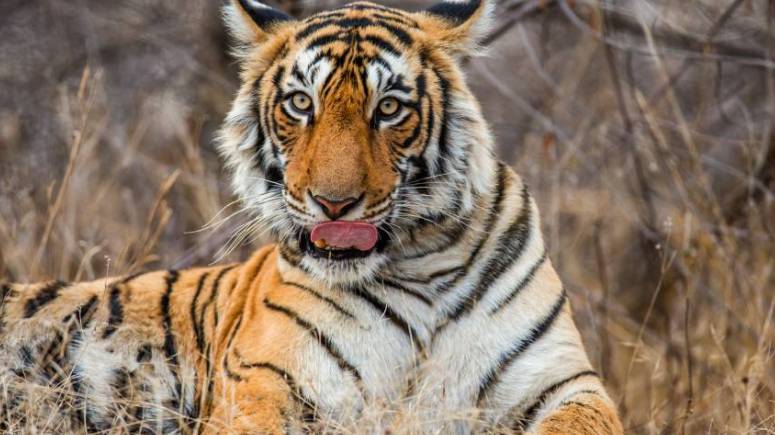
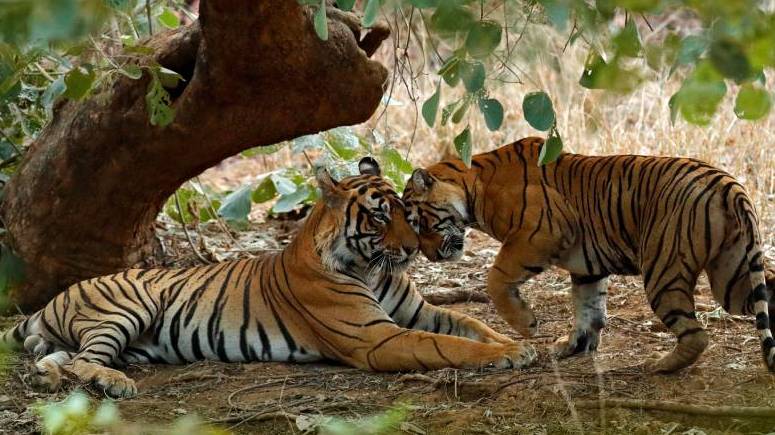
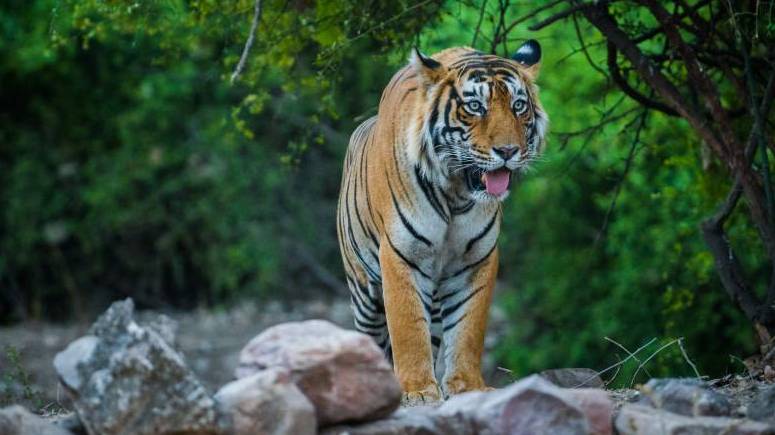
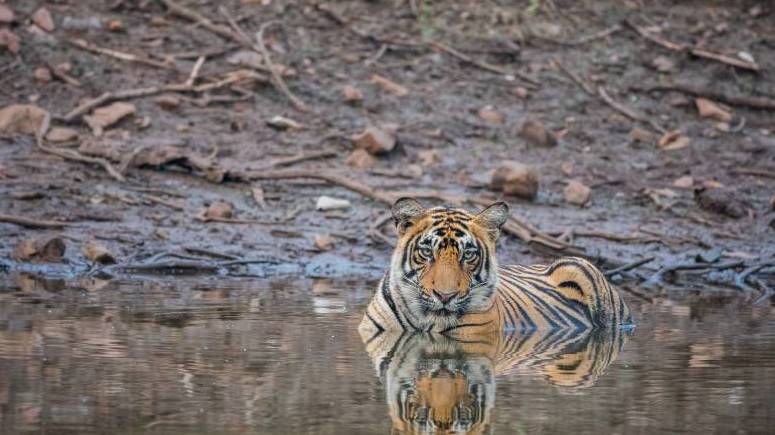
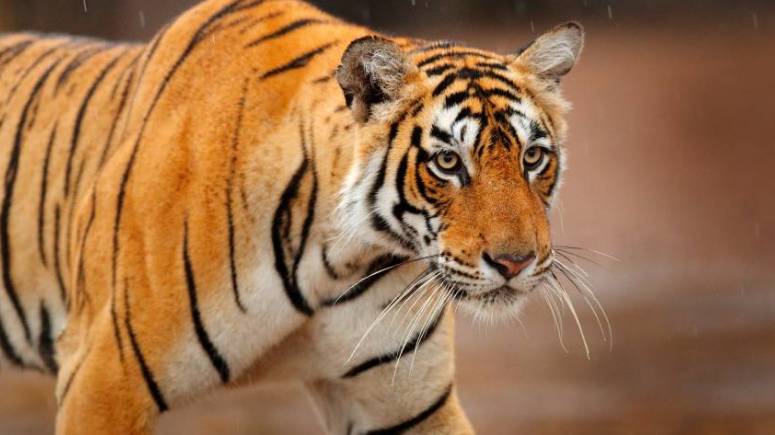

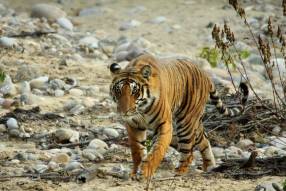
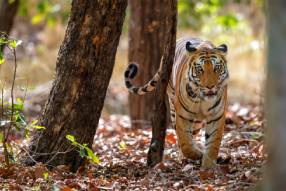
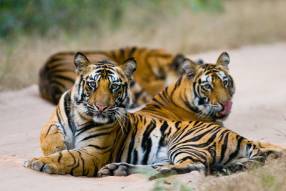
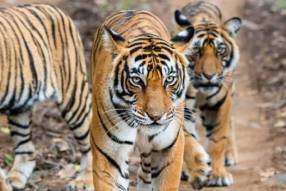
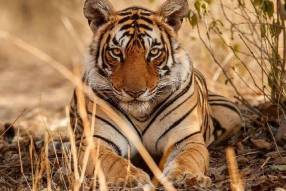
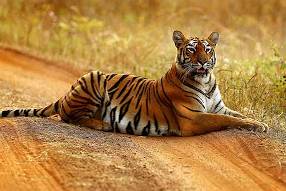
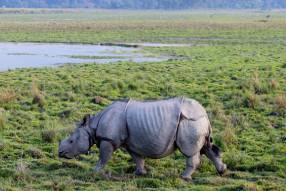
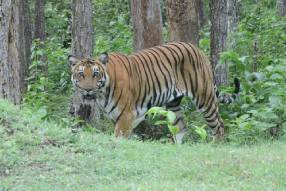
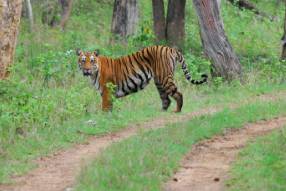
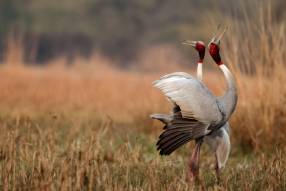

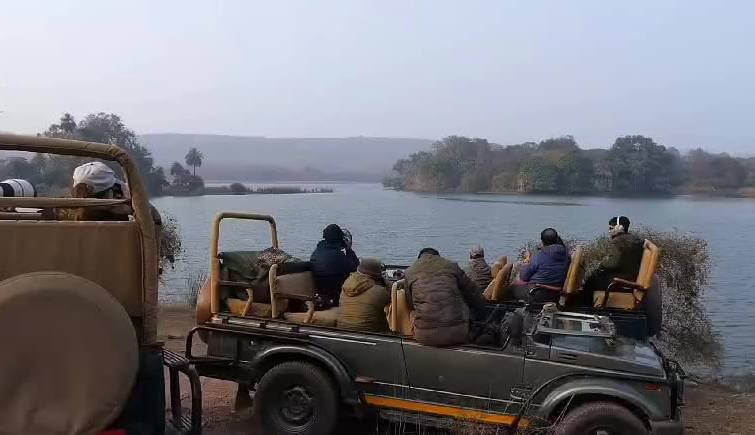
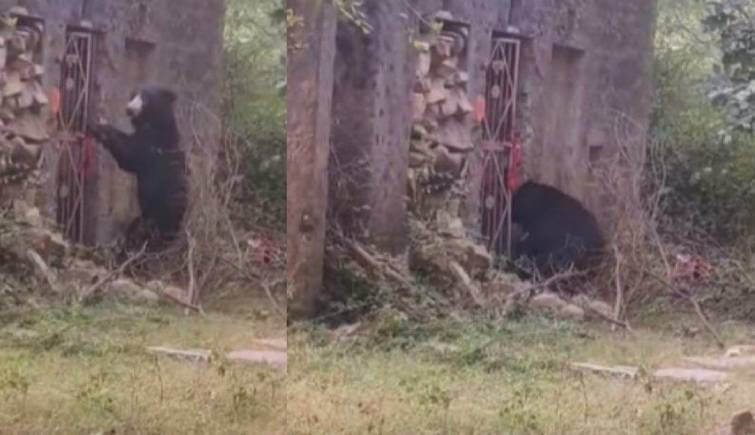
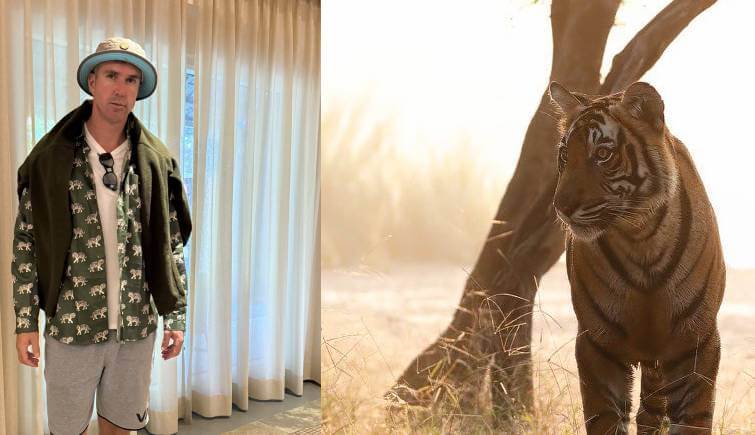




 +91-8744012007
+91-8744012007 Plan Your trip
Plan Your trip